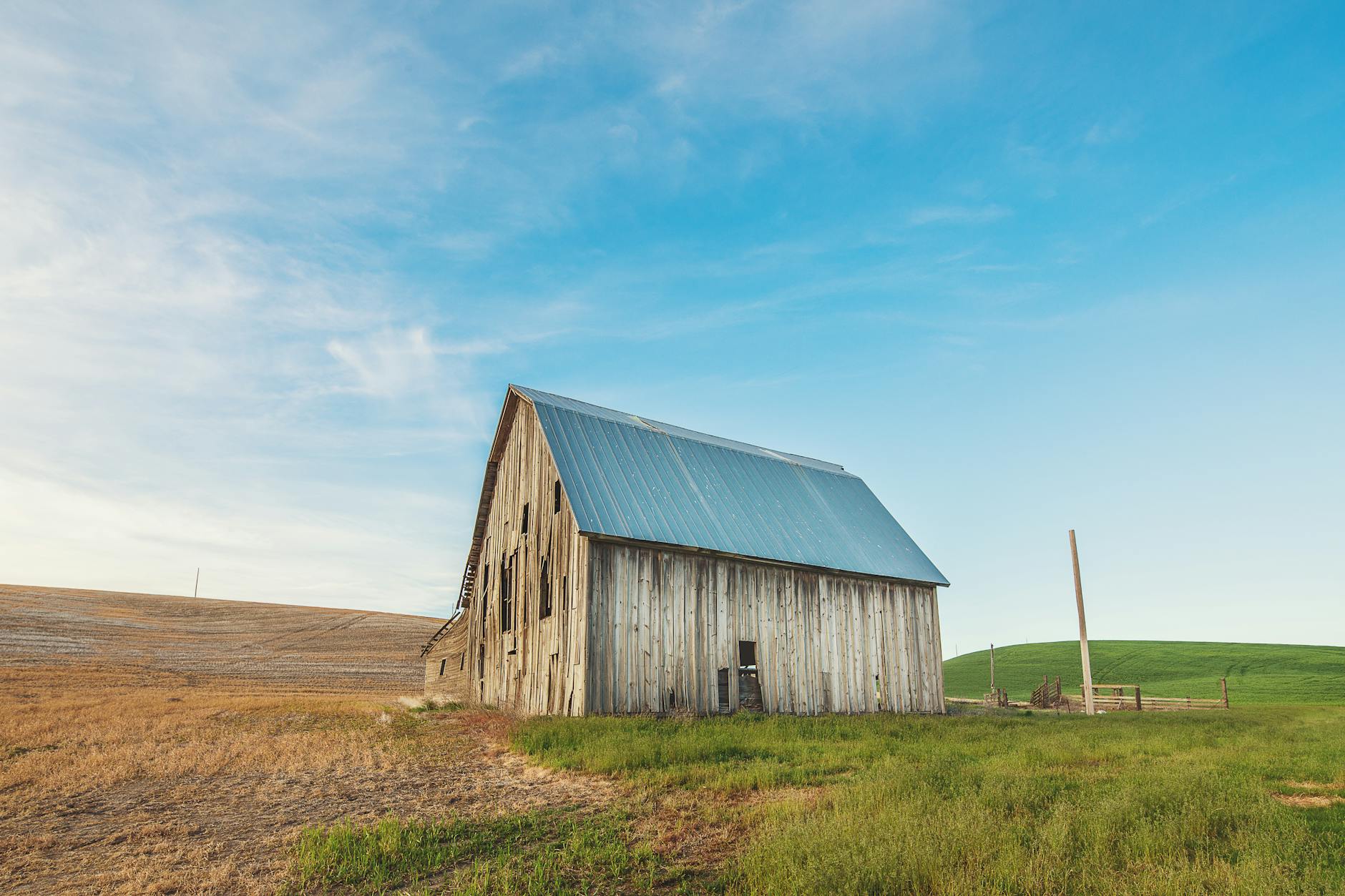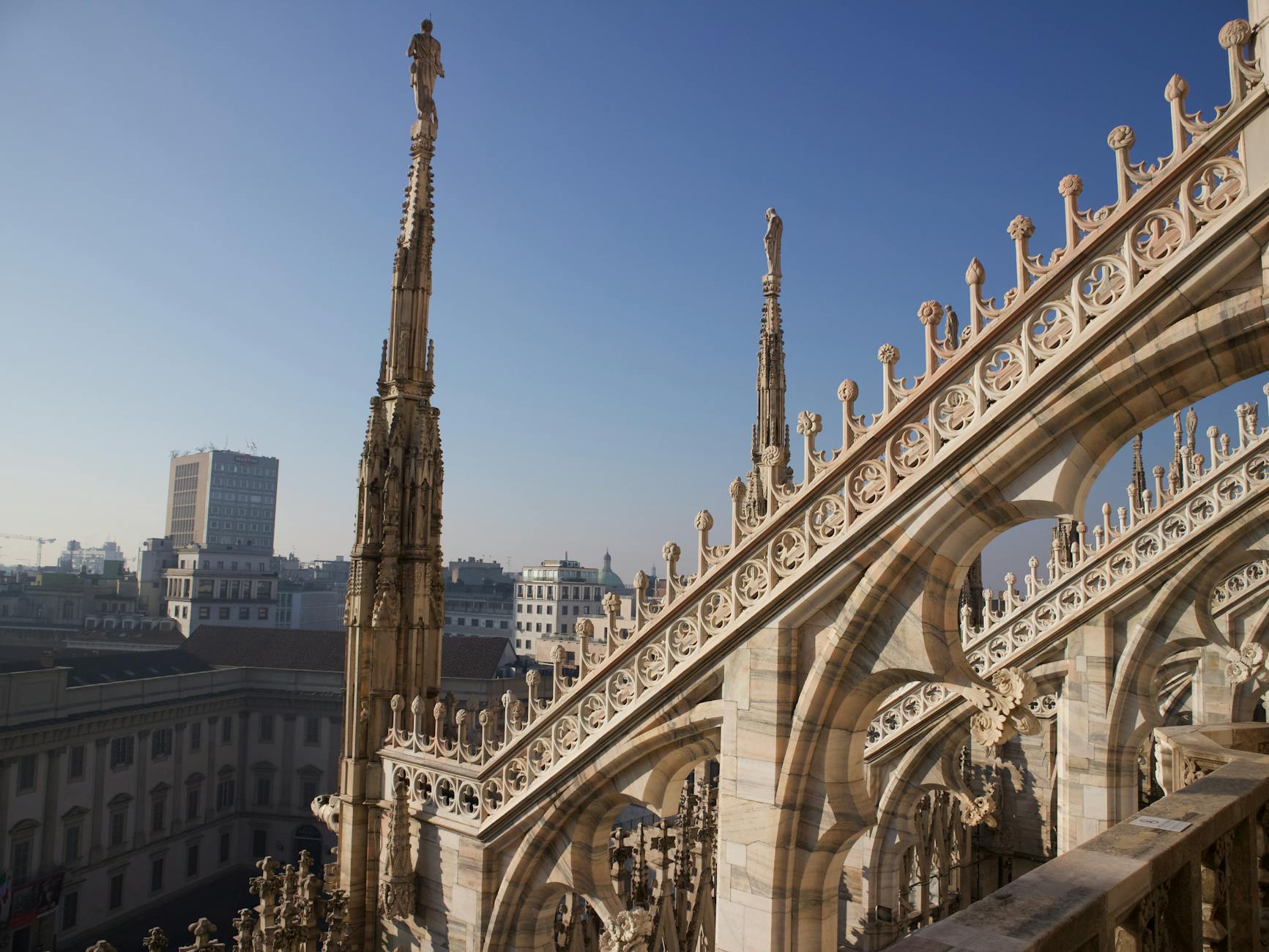Are Australia's Diverse Landscapes the Perfect Backdrop for Your Next Film?

Exploring Australia's Natural Diversity
Exploring Australia's vast array of natural landscapes is akin to stepping into varied cinematic worlds, each offering something unique for filmmakers. Our journey begins at the renowned Federation Square film exhibitions, a source of inspiration where local stories come alive. Picture yourself amid the captivating machu picchu tours of South America, and you'll grasp the diversity Australia has to offer.
Unique Eco-regions
Australia boasts assorted eco-regions, from lush rainforests to arid desert expanses. Each area presents its own ecosystem, a sanctuary of distinct flora and fauna. For those documenting unique wildlife interactions, these regions can serve as exotic backdrops, promising storytelling elements that mirror the intriguing allure of south american tours.
Iconic Wildlife Encounters
In the heart of Australia, filmmakers encounter iconic wildlife as breathtaking as any seen on a kenya safari. Whether it's capturing the leisurely hop of a kangaroo or chronicling the flight of rare bird species, these encounters can add a dramatic flair to any narrative, reminiscent of the cinematic events at the Australian Center for the Moving Image.
Climate Zones and Their Impact
Australia's climate zones range from temperate to tropical, influencing both the ecology and the filmmaker’s approach. Each zone offers varied shooting conditions that impact film production, akin to the climatic nuances faced during machu picchu tours in South America. Understanding these zones enriches the creative process, much like inspiration drawn from the Royal Botanic Gardens Melbourne, igniting a filmmaker’s vision to craft stories as diverse and rich as the landscapes themselves.
Top Filming Locations
Rainforests and Woodlands
Australia's rainforests and woodlands offer a filmmaker's paradise, rich with dynamic textures and vibrant hues. Imagine weaving through the lush tapestry of the Daintree Rainforest, its verdant canopies swaying in a symbiotic dance with the wind. Here, your lens captures not just nature but the palpable pulse of life. This environment encourages the evocative narrative techniques often showcased in Melbourne's renowned Federation Square film exhibitions. Transitioning seamlessly, the woodlands reveal a different story, filled with dappled sunlight and a symphony of native bird songs. Each location is a canvas, presenting a unique backdrop for capturing nature's drama, evoking a creative energy akin to immersive experiences found at the Australian Center for the Moving Image.
Deserts and Arid Regions
Traveling to Australia's deserts, you enter a realm of stark beauty and resilience. The vast expanses of red earth at locations like Uluru peacock in the light, offering a poignant setting for telling profound stories about survival and adaptation. These arid regions challenge filmmakers like Lachlan Mitchell to embrace both grand panoramic shots and intimate close-ups, effectively bringing each grain of sand to life. Such locales demand a keen eye and an artist's touch, reminiscent of the creative inspiration drawn from Melbourne’s own Royal Botanic Gardens.
Coastal and Marine Areas
Now shift your gaze to Australia's breathtaking coastal and marine areas, where the azure shades of the Great Barrier Reef conjure a magical underwater world. This aquatic wonderland offers boundless opportunities to capture marine life in action. While a south georgia cruise might tempt with icy vistas, Australia's coastlines provide a kaleidoscope of stories waiting to be told. Their essence draws filmmakers to explore themes of conservation, echoing the narratives central to africa tours yet uniquely Australian. These locations are as dynamic as the tides, promising a steady current of inspiration and creativity.
Navigating Logistical Challenges
Accessing Remote Areas
Crafting a masterpiece amidst nature's untouched beauty often leads us into the heart of uncharted territories. Melbourne's bustling streets and the refined cinematic events hosted at the Australian Center for the Moving Image offer inspiration, but transforming these vistas onto film requires meticulous planning. Australia, with its rich landscapes, presents unique challenges when accessing remote filming locations. From the rugged terrains of the Kimberley to the secluded expanses of Tasmania, understanding local routes and transport services is essential. Securing permits ahead of time is crucial, ensuring you've ticked all the legal boxes for areas such as gorilla trekking Rwanda.
Equipment Transportation Tips
Transporting equipment to such remote destinations demands creativity. Lightweight gear is a filmmaker’s best friend, ensuring mobility without compromising on shot quality. For Lachlan Mitchell, carting his gear from Melbourne's dynamic film landscape to sites resembling Antarctica cruises requires a balance between essential equipment and logistical adaptability. Consider break-proof cases for your cameras and drone equipment, as unexpected terrains and weather conditions can catch anyone off guard.
Minimizing Environmental Footprint
Being in the midst of nature commands a profound respect for the environment, an ethos shared by Lachlan in his everyday work. Measures like using eco-friendly transport fuels and leaving minimal waste in natural habitats make a difference. Every careful step taken ensures the preservation of these landscapes, allowing future filmmakers the chance to draw inspiration just as we do today.
Benefits for Filmmakers
Scenic Versatility
In my exploration of global landscapes, I've discovered that the diversity of terrain on offer can match the most elaborate set design. Take Galapagos Islands tours, for instance. This archipelago is a natural platter of evolutionary wonders, providing a plethora of visual backdrops — from volcanic landscapes to serene beaches. Each tableau offers a unique canvas for storytelling, much like the layered exhibitions at Federation Square, where scenes shift seamlessly from one cinematic encounter to the next.
Capturing Unique Wildlife Behavior
As a filmmaker, understanding behaviorally rich environments is pivotal. Imagine sailing on arctic cruises, capturing the stark majesty as polar bears wander across icy expanses. It's akin to capturing ephemeral moments at a film screening in the Australian Center for the Moving Image, where each polar footfall echoes an untold story of survival. Whether it's a Galapagos iguana lounging on black lava rocks or seals navigating through Arctic waters, these moments are fleeting gems, each with stories begging to be told through your lens.
Opportunities for Storytelling
The world is full of compelling narratives waiting to be filmed. As educators in film understand, the narrative drive lies in the details. Wildlife, like those found in the lush ecosystem of the Royal Botanic Gardens Melbourne, demands an attentive eye. Crafting stories around such natural marvels offers both challenge and reward, weaving tales that can inspire conservation efforts and cultivate a deeper appreciation for our planet.
Avoiding Filmmaking Missteps
Overlooking Cultural Sensitivities
As filmmakers, our craft is deeply interwoven with the rich tapestry of stories and lives we choose to depict. Overlooking cultural sensitivities is akin to a director ignoring a pivotal plot twist; it can derail the entire narrative journey. Australia's cultural landscape is a kaleidoscope of traditions and histories. Take time to engage with local communities, embrace indigenous perspectives, and honor cultural protocols. This isn't just about ensuring smooth logistical operations but enhancing the authenticity and depth of your film. Remember how the "Federation Square film exhibitions" captivate with layers of narrative integrity, drawing from the "creative inspiration from the Royal Botanic Gardens Melbourne", which is a reminder of the value of authentic storytelling.
Misjudging Weather Patterns
Australia's climate is as varied as its vibrant landscapes, and misjudging these patterns can be as challenging as missing a crucial scene transition. Each region unveils its own climatic character — from the tropical monsoons of the north to the temperate zones of the south. While filming, it's crucial to predict weather conditions to plan shots effectively. Engage with local meteorologists or seasoned location scouts who can advise on optimal shooting windows. This foresight ensures that pivotal scenes benefit from nature’s finest backdrops.
Underestimating Local Regulations
Local regulations can be as dynamic and nuanced as a gripping thriller unraveling at the iconic "Australian Center for the Moving Image". Ignoring these legislative frameworks can halt production abruptly, turning your cinematic aspirations into mere footnotes. Before rolling cameras, investigate permits, respect filming boundaries in protected areas, and remain aware of local laws. Whether you're capturing the mystique of unique Australian flora or chasing adrenaline-pumping sequences, regulations will keep the integrity of both your narrative and the natural landscapes intact.


